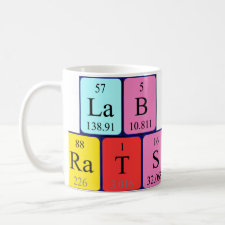
Authors: Riveros GD, Cordova K, Michiels C, Verachtert H, Derdelinckx G
Article Title: Polydopamine imprinted magnetic nanoparticles as a method to purify and detect class II hydrophobins from heterogeneous mixtures.
Publication date: 2016
Journal: Talanta
Volume: 160
Page numbers: 761-767.
DOI: 10.1016/j.talanta.2016.08.024
Alternative URL: http://www.sciencedirect.com/science/article/pii/S0039914016305926
Abstract: Hydrophobins are one of the most active surface active proteins in nature, with an amphiphilic nature and the ability to self-assembly in elastic monolayers, the possible applications in industry are continuously increasing. However, production and purification of these proteins still remains a tedious process. We introduce here the use of polydopamine as imprinter polymer to create specific magnetic nanoparticles for the recognition of Hydrophobin HFBII from Trichoderma reesei. The protein was molecularly imprinted to magnetic nanoparticles to facilitate its specific detection and purification from liquids or carbonated beverages in the presence of other proteins. The resulting magnetic nanoparticles were successfully imprinted adsorbing till 77.4 μg of HFBII hydrophobin per miligram of nanoparticles. The adsorption capacity of the imprinted nanoparticles was also tested for specificity using a mixture of five different proteins and peptides. A slight cross interaction was observed when proteins of similar molecular weight to HFBII were used. With larger proteins and peptides the interaction was very low. with other class II Hydrophobins the interaction was very similar as to HFBII
Template and target information: protein, hydrophobin, HFBII
Author keywords: magnetic nanoparticles, Polydopamine, Hydrophobins



Join the Society for Molecular Imprinting

New items RSS feed
Sign-up for e-mail updates:
Choose between receiving an occasional newsletter or more frequent e-mail alerts.
Click here to go to the sign-up page.
Is your name elemental or peptidic? Enter your name and find out by clicking either of the buttons below!
Other products you may like:
 MIPdatabase
MIPdatabase









